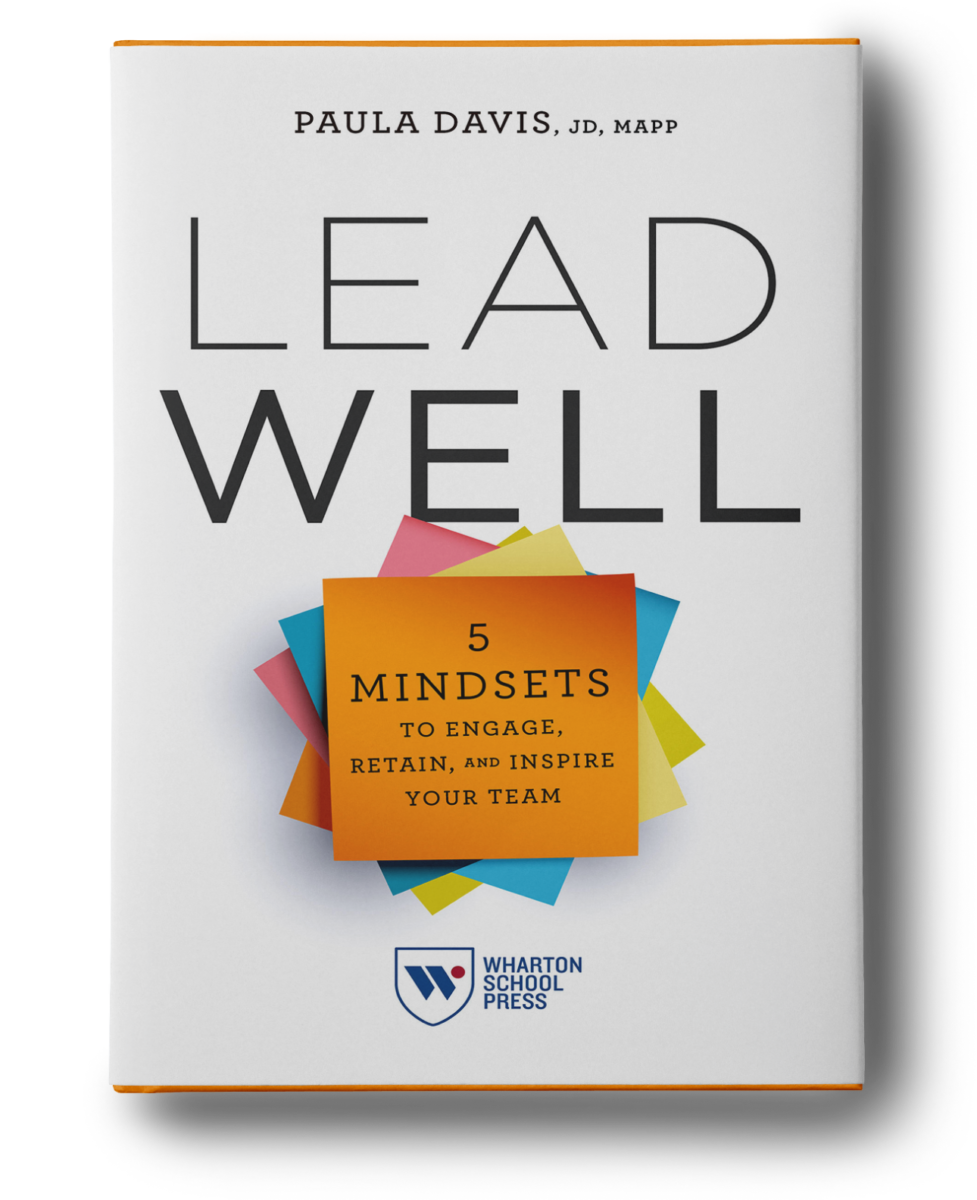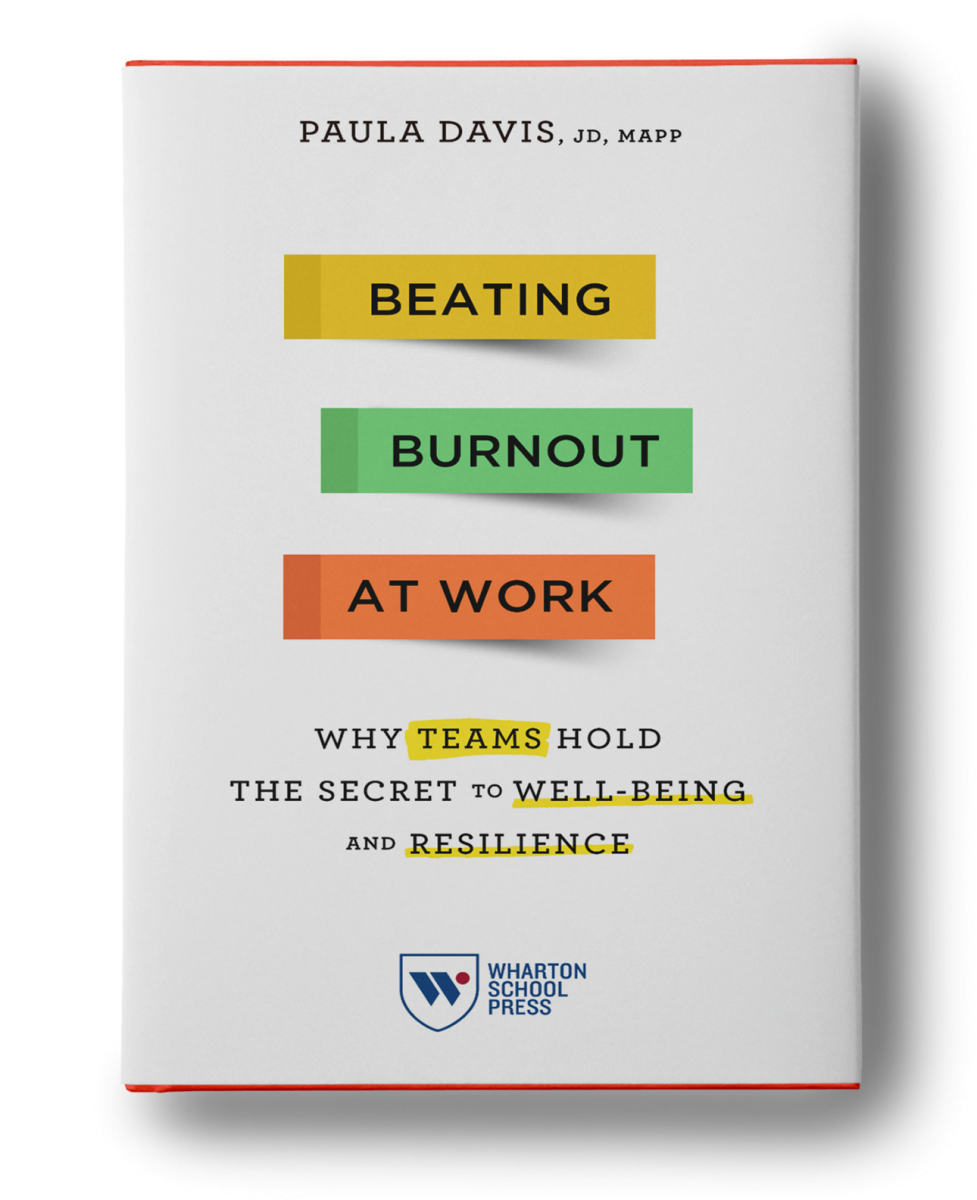Burnout and culture are two topics that dominated the workplace conversation in 2021, and the legal profession was no exception. A profession that isn’t known for making swift change found itself navigating unprecedented challenges while also experiencing tremendous growth, leading to an uptick in stress and burnout. A recent article about law firm culture defined it as the continuous, everyday reality check on the type of firm you run. Designing a coherent, resilient, and positive law firm culture, as that author described, can be done. I agree, and it is in fact being done. Rather than continue to focus on the problem, this article highlights some of the programs, ideas, and strategies law firms have begun to implement in service of addressing burnout and creating those resilient teams and cultures that are so needed in law. The following firms are leading the way:
Goodwin was one of the very first firms to offer programming for its partners about burnout. The firm framed it as a teams issue, and incorporated ideas, strategies and solutions that were both teams and individual-based. One of the biggest causes of burnout in the workplace is tied to workloads. The partners talked in detail about what that meant and considered ideas to manage high workload beyond simply adding more lawyers. They spoke about cutting down meetings and adding more structure to them, along with leveraging the many workload management resources the firm has available. As a result, the firm was able to modify its approach to workload management to increase efficiencies and alleviate burnout issues.
Foley also offered burnout prevention and teams programming specifically for its management committee, department chairs, and office managing partners. Importantly, the leaders were willing to address tough issues that impact team trust – like how to talk to partners who might not be living up to the firm’s culture and core values. Jennifer Patton, Foley’s chief legal talent officer, shared that after the session, a senior leader was inspired to share a story with the entire firm about a time when he overcame a challenge and showed resilience in his career. Later, at a practice group monthly meeting session, the group discussed ways to incorporate technology as a strategy to address burnout and workload. Foley’s platform allows associates to share information with the practice group chairs about their short-term and long-term capacity (whether due to work volume or time off) and the types of projects they want to work on so that matter staffing can be handled more intentionally.
Sheppard, Mullin, Richter & Hampton LLP
The team at Sheppard Mullin used an innovative approach to talking about burnout and culture with its senior leaders. After a workshop framing the issues and offering teams-based strategies, Bess Sully, chief human resources officer, and Lois Durant, chief diversity & inclusion officer, led a design thinking workshop for the senior leaders. Design thinking methodologies rarely get applied to these types of issues, and it was a fascinating approach. The partners divided into two groups and discussed these questions:
- “What are specific ideas that partners can implement to retain, motivate and connect with their teams? What should you and other partners do to promote connectivity to internal teams and our clients?”
- “What can the firm do for you (partners) and your team to create a team culture focused on well-being and client service? What specific practices can the firm put in place now and in the future?”
One team of partners suggested forming a small discussion group that could meet quarterly. The purpose of the group would be to combat pandemic isolation, build relationships and connection generally, and to exchange ideas and best practices. In addition, the firm recently introduced its Unplug and Recharge program, which allows associates and special counsel to use up to 40 hours of billable credit time each year to unplug and recharge.
The firm held two separate programs – one for all lawyers on building resilient teams and a second program just for associates addressing burnout. The firm created a survey asking the associates about their sources of stress and different signs of burnout they have experienced. Recognizing the need to empower lawyers to make change in these areas, Scott Peeler, a partner and member of the firm’s executive committee, created the Arent Fox Fellows Program. It’s a three-year leadership development program with the goal to teach and prioritize leadership at the firm. Arent Fox Fellows are asked to identify a major problem or issue facing the firm and develop a specific action plan to solve the challenge. They formally present their findings at an open meeting to the entire firm toward the end of year three. Scott believes that the leadership principles Arent Fox Fellows are taught will help minimize the risk of burnout, contribute to building resilient teams, and build a stronger, more empowered culture over the long-term.
Last fall Sidley held a program about psychological safety and motivation for senior associates and counsel. What was so unique about the program was that the Sidley team asked a partner to contribute. Sharon Flanagan, a partner and member of the firm’s management and executive committees, offered valuable perspectives on both topics, particularly about how you preserve trust when you have to manage up (to both partners and clients). She shared a wonderful story about how one of her greatest mentors was a 6th year associate. Her point was that mid-level and senior associates are also leaders and mentors, and it’s not too early to embrace those roles.
Burnout is complex, and it’s a systemic issue that requires holistic strategies to fix it. It’s also a topic that intersects with DEI conversations, mental health, leadership, teams, and culture – all central themes to the future of the profession. These leading firms have used a combination of workshops, surveys, technology, design sprints, book clubs, and more to initiate much-needed conversations. What they all have in common is making sure that leaders (at all levels) are a central part of the conversation. Where will your firm start?
Please click here to order my new book, Beating Burnout at Work: Why Teams Hold the Secret to Well-Being and Resilience.







